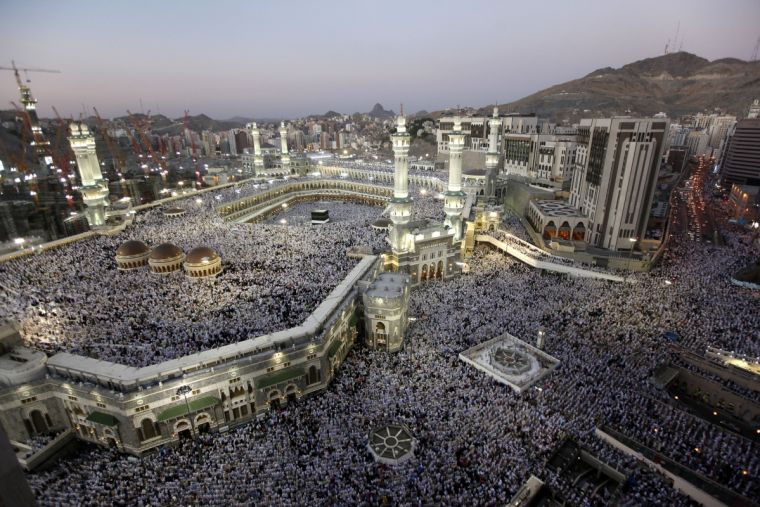Hajj 2017: Ten things you need to know as two million pilgrims flock to Mecca
Hajj, the annual Islamic pilgrimage, begins August 30 with two million Muslims arriving in the holy city of Mecca.
Saudi Arabia's High Judicial Court confirmed the precise timings as late as last week because the Islamic dates are based around a lunar calendar.
Iranian Muslims will once again be allowed to participate after the government banned citizens from travelling to its Middle Eastern rival last year following a stampede that killed more than 2,400 pilgrims, including 464 Iranians in 2015.

Here are ten things you should know about Hajj 2017:
- The pilgrimage lasts for six days, and starts on the 8th day of Dhu Al-Hijjah, the 12th month in the Muslim calendar. This year it falls on August 30 – September 4.
- It takes place in and around the Saudi Arabian city of Mecca which is regarded as the holiest city in Islam, as it is believed to be the birthplace of the Prophet Muhammad and the site of his first revelation of the Qur'an. When Muslims pray, they do so in the direction of Mecca.
- Saudi Arabia gives each country a quota of places with 1,000 spots per one million people. This year Indonesia, the most populous Islamic country in the world, has the most number of pilgrims with a quota of 221,000.
- Performing the Hajj is one of the 'Five Pillars', or key practices, of Islam. The others are the shahadah, the declaration of faith; salat, the five daily prayers; zakat, or almsgiving; and sawm, fasting during the month of Ramadan.
- The rituals are said to re-enact Muhammed's 'farewell pilgrimage' in 632AD.
- Both men and women dress in simple white, removing all markers of class, wealth and materialism as well as being a symbol of the state of purity they are entering. Changing their clothes is part of the process known as 'assuming Ihram', a sacred state that pilgrims adopt at the beginning of the Hajj. Pilgrims also refrain from wearing perfumes, men must not wear any sewn garments and women do not cover their faces.
- The Al-Masjid Al-Haram mosque in Mecca contains the Kaaba, a black box-shaped building built around a black stone. During the Hajj, Muslims walk around it seven times anti-clockwise.
- There are a number of other ritual acts during Hajj, including 'the stoning of the devil'. Pilgrims travel to Mina, a small village about 5km from Mecca where they throw pebbles at stone pillars which represent the devil.
- Pilgrims drink the water of the Zamzam well, located 20m east of the Kaaba, as it is thought to have special properties. The water is believed to come from the same source as the spring which provided water for Ishmael and his mother Hagar – a story which is told both in the Qur'an and the Bible.
- The Eid Al-Adha is a feast marking the end of the pilgrimage. It is known as the feast of sacrifice, in remembrance of Abraham's willingness to sacrifice Ishmael, as the story is recorded in Islamic tradition.











